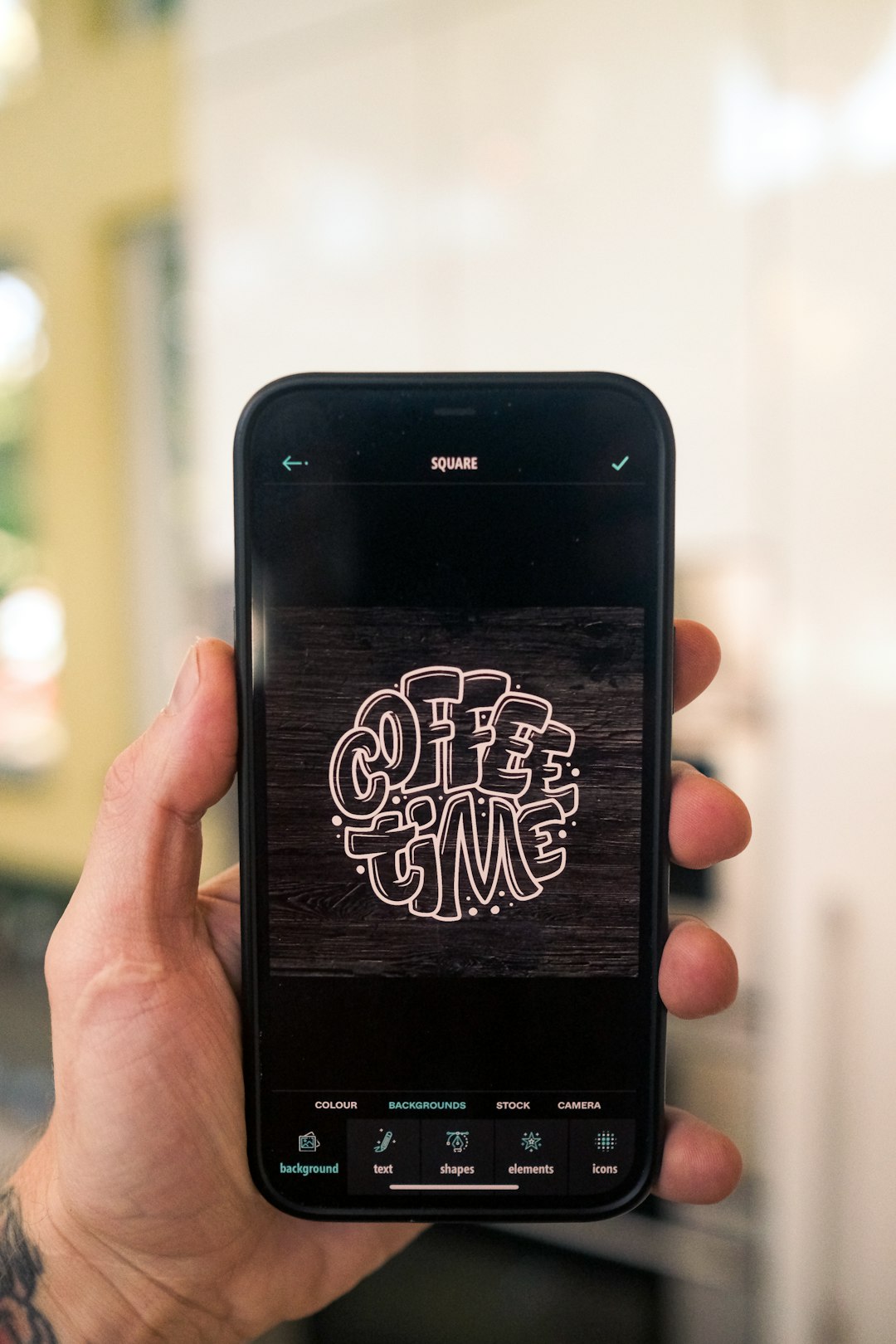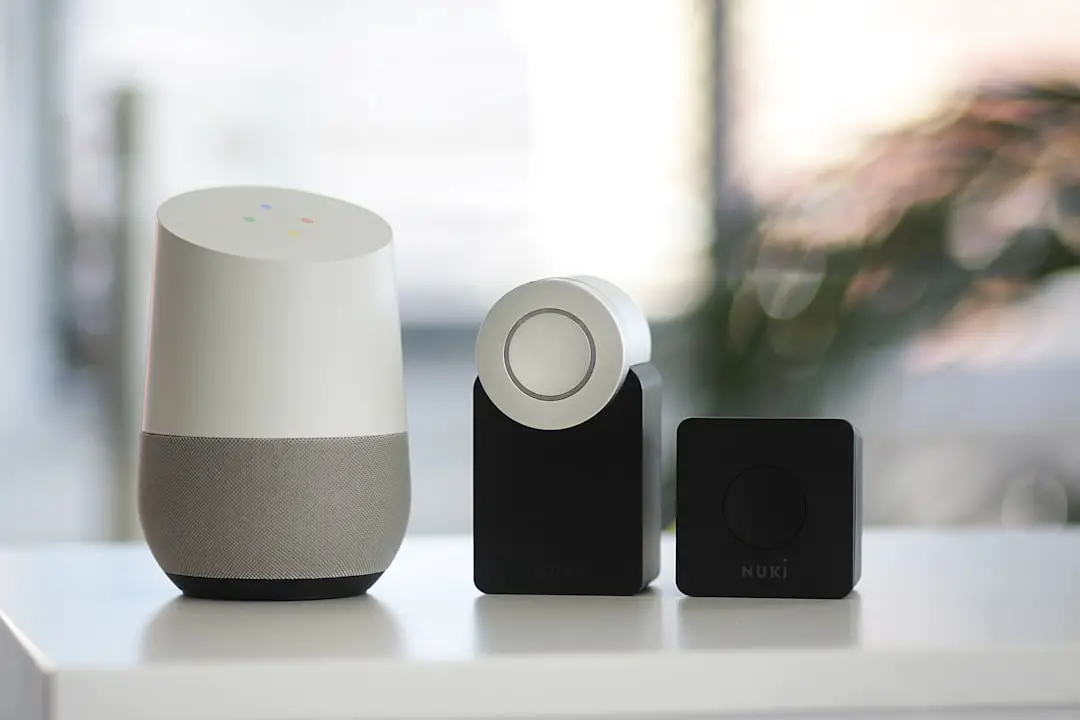In the dynamic world of digital music streaming, few stories are as bittersweet as the rise and fall of Nokia’s MixRadio. Once hailed as a potential game-changer in mobile music services, MixRadio’s journey from launch to shutdown is a tale of innovation, corporate restructuring, and a changing digital music landscape.
TL;DR
Nokia MixRadio was a music streaming service that began as an innovative project exclusive to Nokia devices. It promised an easy and personalized listening experience, even offline. Despite initial success and loyal fans, changes in corporate ownership and stiff competition led to its shutdown in 2016. MixRadio’s shutdown marked the end of an era for Nokia’s digital entertainment ambitions.
The Birth of Nokia MixRadio
Initially launched as part of Nokia’s Music services in 2007, the project aimed to reinvent mobile music consumption. With the boom of smartphones, Nokia sought to offer something more unique than just another MP3 player. In 2011, this vision took shape in the form of Nokia Music, which would later be rebranded as MixRadio.
The service allowed users to stream curated music mixes for free and even download them for offline listening, a revolutionary feature at the time. Its sleek design, seamless integration with Nokia Lumia devices, and personalized music recommendations made it a standout service in a saturated marketplace.

Timeline of a Trailblazer: From Launch to Shutdown
Below is a chronological timeline tracking how MixRadio evolved, adapted, and ultimately ceased operations.
- 2007: Nokia launches its first music-focused services emphasizing MP3 downloads.
- 2011: Official launch of Nokia Music, which gradually evolved into a streaming platform.
- 2012: Nokia Music is rebranded as MixRadio, emphasizing curated playlists and offline mix downloads.
- 2013: MixRadio becomes a native feature of Nokia Lumia devices, gaining a cult-like following among Windows Phone users.
- April 2014: Microsoft acquires Nokia’s Devices and Services division, including MixRadio. At this point, Microsoft decides to spin MixRadio into a standalone service.
- July 2014: MixRadio is officially spun off from Microsoft and put up for sale.
- December 2014: LINE Corporation, a Japanese messaging app company, acquires MixRadio with plans to integrate music streaming into its messaging platform.
- May 2015: MixRadio is launched globally on Android and iOS—its first non-Windows platforms, broadening its audience significantly.
- February 2016: LINE announces the shutdown of MixRadio, citing an unsustainable business model and fierce market competition.
Challenges Leading to Shutdown
Despite its promising start and niche audience, several factors contributed to the eventual demise of MixRadio.
- Ownership Changes: The multiple transitions—from Nokia to Microsoft and then to LINE—caused strategic disjunctions that affected product continuity.
- Competition: Giants such as Spotify, Apple Music, and Google Play Music had already secured large user bases, making it difficult for MixRadio to compete globally despite its unique features.
- Limited Ecosystem: Originally restricted to Windows Phone users, MixRadio didn’t begin supporting Android and iOS until too late in its lifecycle.
- Monetization Struggles: The service remained primarily free and ad-supported, with few revenue-generating mechanisms in place. This made it financially unsustainable even under LINE’s ownership.
What Made MixRadio Different?
MixRadio prided itself on being “playing the right music at the right moment.” It was focused on providing a hassle-free experience through:
- One-Tap Play: A simple interface that automatically generated personalized playlists based on user preferences and listening history.
- Offline Listening: Users could download their favorite mixes and listen to them without an internet connection.
- Zero Setup Requirements: Unlike other services that required manual playlist curation or subscription-based models, MixRadio was plug-and-play, ideal for music fans looking for simplicity.

Impact on the Industry
While MixRadio ultimately didn’t survive, its early emphasis on offline listening and data-driven personalization had broader implications in the music streaming industry. Features like personalized recommendations and curated playlists later became standard features in major platforms such as Spotify’s Discover Weekly and Apple Music’s For You section.
MixRadio proved that even a small service with a niche user base could innovate in a highly competitive space. In many ways, it helped push the evolution of user-centric features that are now commonplace.
Legacy & User Response
The shutdown in 2016 came as a heartbreak to loyal users and Nokia enthusiasts. Many lamented the loss of a music service that required no subscriptions, minimal data usage, and offered a seamless music discovery process. Fan forums lit up with tributes, and a handful of petitions even called for its open-sourcing or revival, none of which materialized.
Nevertheless, the spirit of MixRadio lives on—not through specific apps, but in how users expect smarter, more intuitive music experiences today. The service may be gone, but its influence remains embedded in modern music streaming culture.
FAQs about the Nokia MixRadio Shutdown
- Why did MixRadio shut down?
- The service failed to secure a profitable business model and struggled against better-funded competitors like Spotify and Apple Music. The frequent ownership changes also fragmented its strategic direction.
- Who owned MixRadio at the time of its shutdown?
- At the time of its closure in early 2016, MixRadio was owned by LINE Corporation, a Japanese company known for its messaging app.
- Was MixRadio free to use?
- Yes, the service was primarily free and ad-supported, delivering curated playlists without requiring a paid subscription.
- Could MixRadio work offline?
- Yes, one of its key features was the ability to download mixes for offline listening without any additional cost.
- Did MixRadio support platforms other than Windows?
- It initially launched on Windows Phone but was eventually made available on Android and iOS in 2015.
- What happened to user data from MixRadio?
- Upon shutdown, MixRadio responsibly deleted all user data and account information in compliance with data protection guidelines.
Final Thoughts
MixRadio’s story is a case study in innovation meeting harsh market realities. It offered a fresh take on mobile music, executed with elegance and simplicity, but couldn’t withstand the seismic shifts of the tech and music industries. Although short-lived, its contributions to music personalization and offline accessibility still echo in today’s popular streaming platforms.
